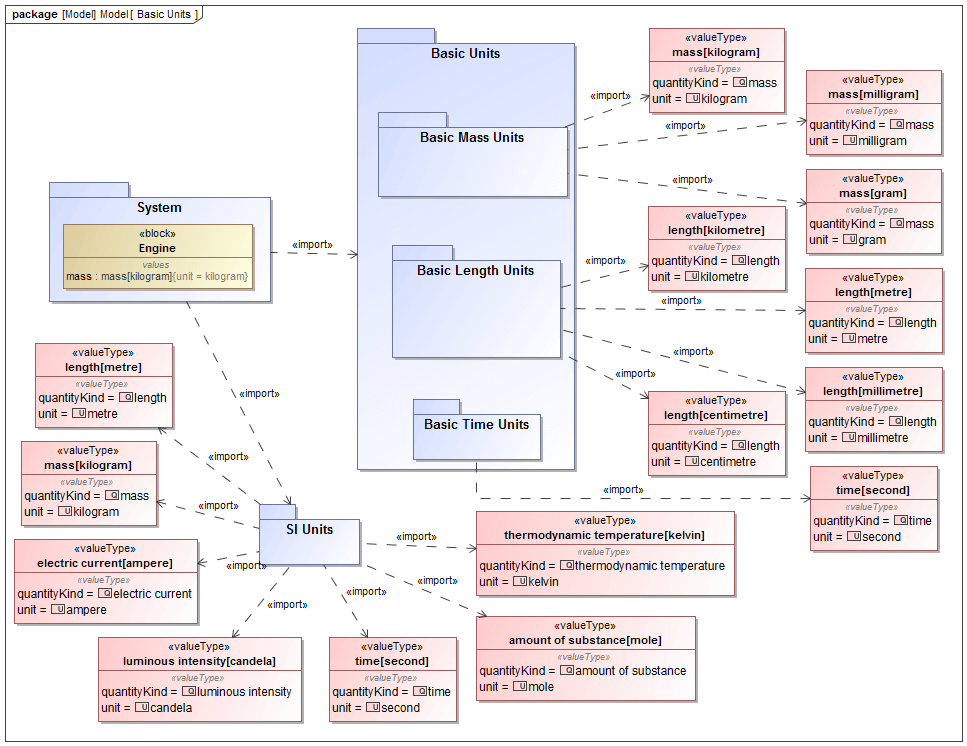
An engineering models meaning is expressed through the underlying language of that engineering domain.

The basic issue prohibiting successful application integration then is that traditional database-driven integration does not consider the distinct languages of each domain. Why is this? The authors assert that the industry has relied on traditional more » database integration methods. Industry standards have been developed, but they have not unified the industry.
Magicdraw uml enterprise v16.8 software#
The engineering modeling software application industry has struggled for decades to enable these applications to interoperate. Ambiguity in domain-specific language can erode the ability to enable different domain modeling applications to interoperate, unless the underlying language is understood and used as the basis for translation from one application to another. The obvious assumptions of one domain might not be so obvious to experts in another domain. Such exclusions become problematic in inter-domain information exchange. Engineering domain-specific applications (e.g., systems, mechanical, electrical, simulation) are typically designed to solve domain-specific problems, necessarily excluding explicit representations of non-domain information to help the engineer focus on the domain problems (system definition, design, simulation). The presumption is that the data schema in these modeling software applications are structured in the familiar flat- tabular schema like any other software application.


Digital engineering strategies typically assume that digital engineering models interoperate seamlessly across the multiple different engineering modeling software applications involved, such as model- based systems engineering (MBSE), mechanical computer-aided design (MCAD), electrical computer-aided design (ECAD), and other engineering modeling applications.


 0 kommentar(er)
0 kommentar(er)
